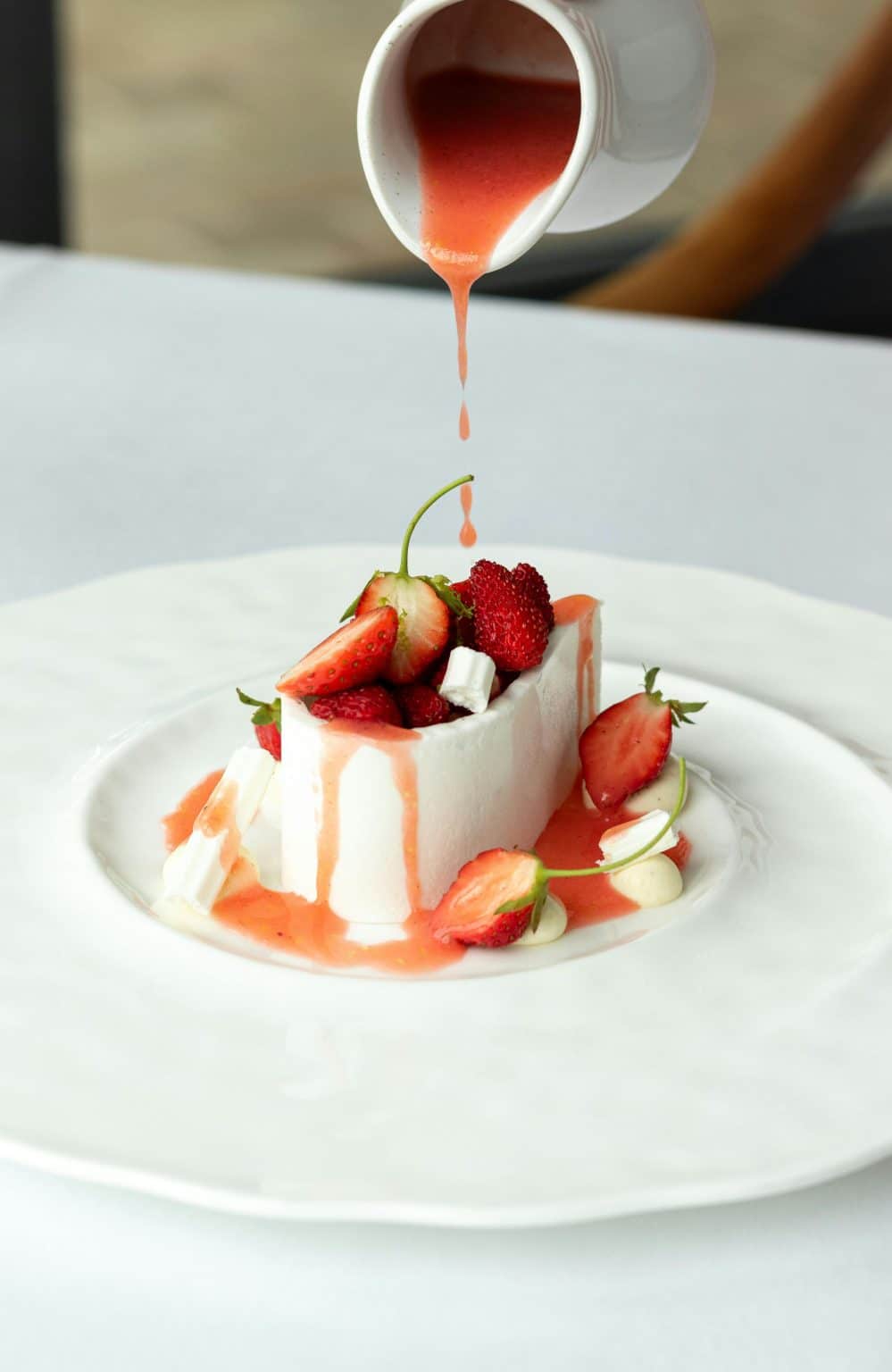French sweets are world-famous for their elegance, sophistication, and balance of taste. Underlying most desserts is dairy – milk, cream, butter, and cheese – the foundation of countless recipes that have stood the test of time. The smoothness of a custard, the indulgence of ganache, and the airy light texture of a mousse are all rendered possible by mastery of dairy-based techniques. For mass producers and artisans alike, dairy is more than an ingredient – it is a cultural foundation. Brands have built their reputation on this, offering products that connect modern consumers to France’s culinary heritage.
A Dairy Heritage Steeped in History
France’s partnership with dairy is deeply rooted in its geography and agricultural tradition. Varied climates, productive pastures, and local expertise have provided a dairy cornucopia that is now legendary in its own right. Golden, high-fat content Normandy butter is a hit with pastry chefs for its feel and taste. Brittany salted butter, whipped in the old style, adds depth to caramels and biscuits. Milk from the rich meadows of the Loire Valley is at the heart of creamy sweets and delicatessen cheeses in equal measure.
Dairy-based sweets developed over centuries from monastic refectories, royal palaces, and farmhouses in the countryside, to reach patisseries in towns nationwide. Dishes such as crème brûlée, clafoutis, and île flottante are not so much sweets – they’re cultural artifacts that have been handed down through the ages and perfected over time.
Dairy as a Quality Indicator in French Pies
Dairy is the measure of quality for French cooking. Butter’s quality will break or make the flakiness of a croissant. The freshness of cream will take an ordinary custard and make it exceptional. Even minor variations in milk – the type of cow, season, and region – can impact the taste and texture of the final product.
Brands like La Laitière have found that consumers value honesty and authenticity when it comes to dairy origin. Highlighting origin, farm, and production methods speaks to a market less concerned with price and more concerned with quality. For online grocery shopping websites, to stock such brands is an opportunity to provide proven quality and a taste of heritage French to consumers.
Classic Desserts Defined by Dairy
Some of France’s most beloved desserts simply wouldn’t exist if not for dairy. The creamy custard in crème brûlée relies on the precise proportion of cream, milk, and egg yolks. Mousse au chocolat is lightened to a mousse by being whipped cream incorporated into rich, melted chocolate. Profiteroles and éclairs get their structure and taste from butter in choux pastry, and filling depends on cream-based custards or whipped cream.
Regional specialties highlight the richness of function in dairy. From Brittany’s rich, flaky kouign-amann to Parisian bakery cream-filled rich flans, these desserts are tied to their region by the dairy traditions that sustain them.
From Artisanal Patisseries to Industrial Production
Even though French patissiers have refined dairy techniques over centuries, industrial processing has streamlined these techniques to cater to modern markets. Modern producers and large dairies now make ready-to-eat versions of traditional desserts, offering consistent quality and a longer shelf life without compromising on taste. Brands positioned themselves as the middle ground between artisanal tradition and modern convenience, selling products that offer the texture and flavor of authentic recipes.
For grocery store consumers online, it’s a category that combines the familiarity of home brands with the aspirational luxury of French culinary culture. Dairy desserts are versatile – they can either be positioned as daily indulgences or upscale treats, depending on packaging, portioning, and presentation.
The Science Behind Dairy’s Magic in Desserts
Dairy contributes not only flavor, but also structure to confections. Milk proteins help bind ingredients together, and milk fat carries flavor compounds and gives richness. Cream can be whipped to soft peaks and adds volume and softness. Butter contributes moisture and a melted texture, as well as assisting in browning and the development of flavors in baked foods.
French command of these precepts enables accuracy in the balance of textures – the combination of soft filling and flaky pastry, chilled cream and warm sauces, or soft setting of a custard. This technical skill, transmitted through culinary schools and apprenticeships, guarantees sameness whether the dessert is produced in a Michelin-starred kitchen or a mass-volume dairy factory.
Meeting Modern Consumer Expectations
While tradition continues to dominate French puddings, consumer demand is shifting. Plant-based product demand has fueled innovation through dairy-free versions of traditional staples by replacing coconut milk, oat cream, or nut-based butters. Health-conscious shoppers demand lower-sugar versions without compromising mouthfeel. Sustainability concerns have pushed for higher transparency in dairy source, animal welfare, and green practices.
For companies, acting on these trends means expanding product ranges without diluting the quality of their core products. For online retailers, it offers the potential to segment further the dessert market by dietary need or ethical preference and attract an even wider client base.
The Digital Advantage in Dairy Dessert Retailing
In physical stores, dairy desserts struggle to stand out in the chilled cabinet, where branding and packaging do all the heavy lifting. Online, the possibilities are endless. Suppliers can post the whole story behind the product – its local background, manufacturing process, and serving suggestions – with good photography and even video demonstrations. Recipes that use the dessert as an ingredient can drive cross-selling, and seasonal promotions (such as pairing dairy desserts with holiday meals) can drive higher sales.
Preserving Tradition While Embracing the Future
Dairy is associated with the spirit of traditional French desserts. Its richness, versatility, and cultural implications make it an ageless source in artisanal and industrial food processing. Brands embody this tradition and adapt to the needs of modern consumers so that the pleasure of French dairy desserts can further reach consumers worldwide. For food retailers online, this category offers not just a product, but a pre-constructed narrative of tradition, craftsmanship, and excess – a package that, if marketed properly, can generate both loyalty and long-term worth.



